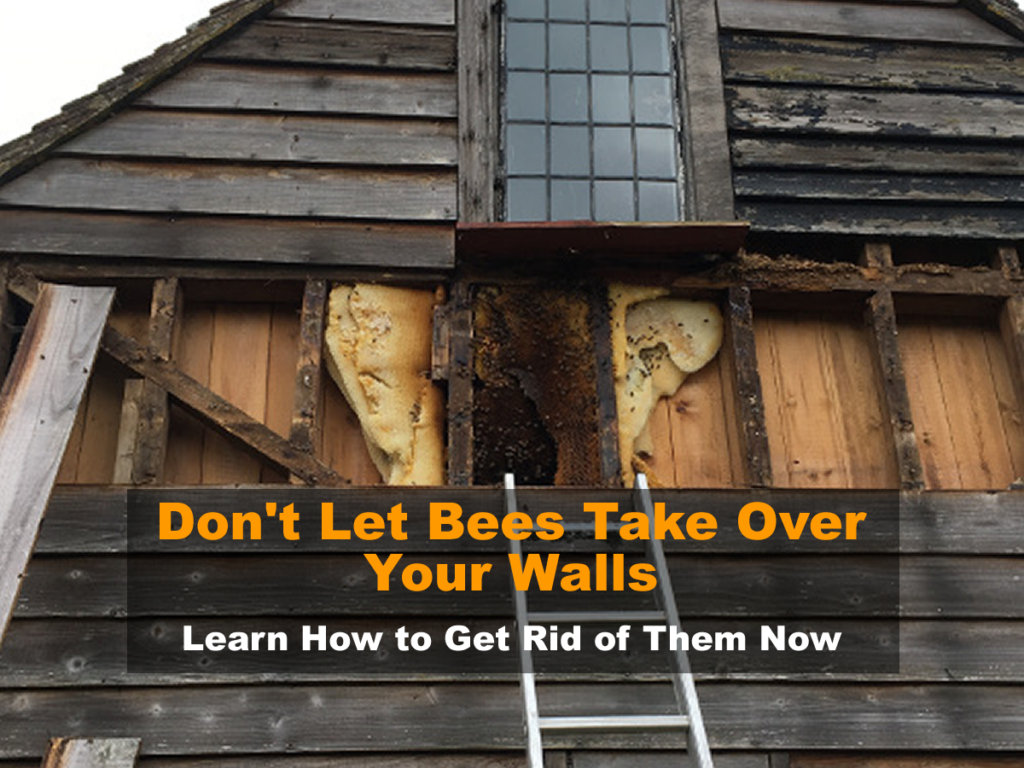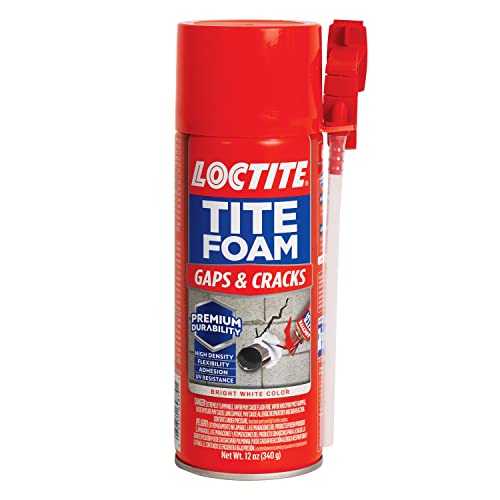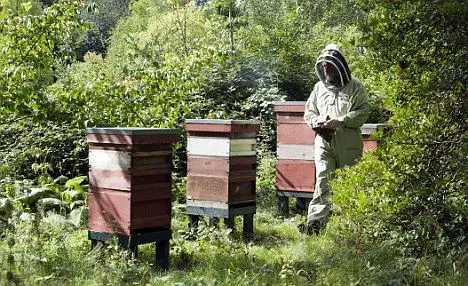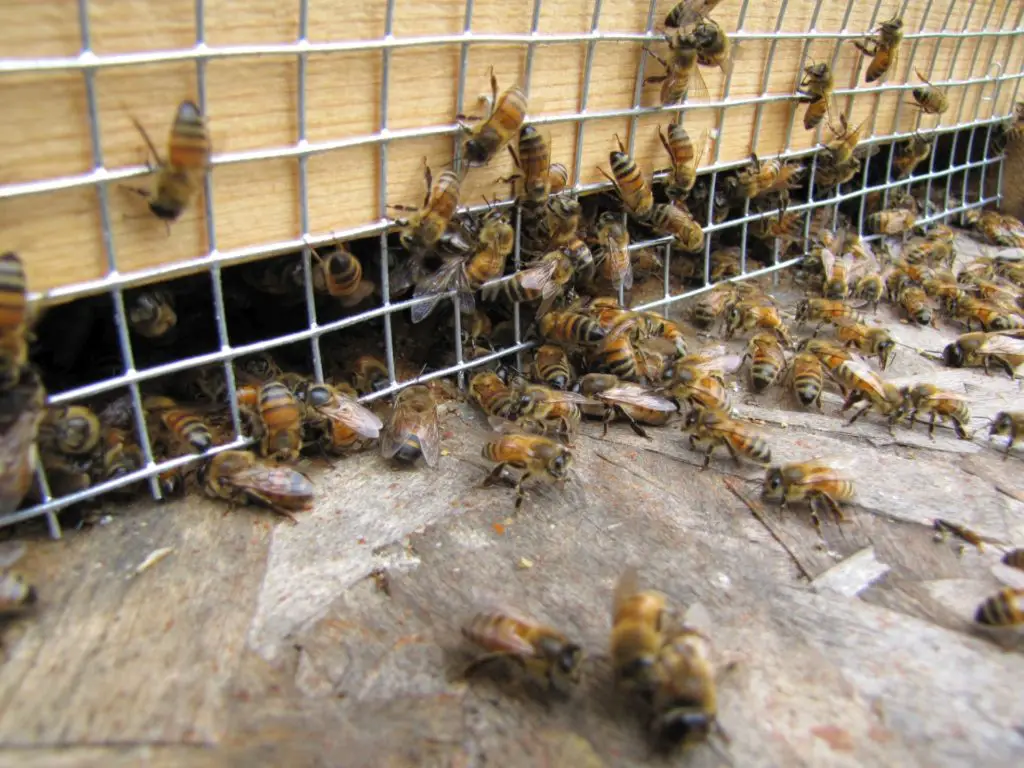Affiliate Disclaimer - As an Amazon Associate I earn from qualifying purchases.
It supports the website. So, Thank you
Bees need somewhere safe to nest and unfortunately, this sometimes means that you’ll find them in one of the walls of your home. While I’m all for ensuring that bees do have a safe nesting site, I also understand that there aren’t many people that want to share their homes with these creatures. So, a lot of homeowners are looking at how to get rid of bees in a wall.
In some cases, there is a need to remove a large section of the wall in order to remove the bees. However, this is uncommon these days as pest controllers have come up with innovative ways to remove bees without being so invasive.
In this guide, I’ll talk you through some of the most common methods and give you some advice on preventing an infestation in the first place.
Table of Contents
What Types Of Walls Do Bees Nest In?
Honeybees are most commonly found nesting in walls and as long as the wall has some type of cavity in it, the bees will be more than happy to create a home here. It doesn’t really matter what the wall is made of either as long as the bees have easy access.
One of the most common ways that bees get into a wall is through a ventilation brick but it’s also not uncommon to find them behind clay tiles, especially where the surrounding mortar has broken down. Even slightly damaged parts of a wall can be affected where there’s a small gap from an old pipe or fixture.
They’re also not fussy about where in a wall they nest. There have been nests found at the top of high rise apartment blocks, around window frames, and even behind facades. What’s worrying is that, once a colony is established, it will start hanging wax and honeycomb is a downwards formation which can sometimes even be seen from the inside of the roof.
What Methods Do Professional Pest Controllers Use To Get Bees Out Of Walls?
If you decide to contact a local pest controller or beekeeper, there are several methods that they might use. A lot of people assume that removing the bees from the wall will involve a lot of intrusive work but this isn’t necessarily the case.
The most favored method of removal by professionals is called the honey bee cut out. It might sound bad, but it’s not what you might initially imagine. In most cases, your pest controller will take out a few select bricks which gives them access to the colony as well as the structure of the nest including comb and honey. This in turn means that the whole thing can be removed and the bees can continue doing what they’re doing in another, more appropriate location.
That said, I would advise you to be mindful of who you work with as there are companies out there that will suggest much more invasive removals, especially where the bees have nested in a chimney. In reality, this needn’t be the case and the cut out should be able to be easily done externally with as little interference and cost as possible.
What’s great about this method and one of the reasons that so many people opt for it is that it’s fast. In most cases, the cut out and the removal of the bees can be done in as little as a day. However, do keep in mind that there may be some fixing and tidying up to do on day two.
But, there are other methods that may be used.
Exclusion
One method that pest controllers will use if the bees have not been nesting for a long time is honey bee exclusion. However, it’s really important to keep in mind that this method is really only suitable if the colony has been in place for less than three weeks.
If you notice a honey bee colony starting to nest in your wall then it’s essential to get onto your local professional as quickly as possible. There’s a much better chance of removing the bees if you get onto it sooner.
When you contact your pest control service, they’ll need to know the date that the bees arrived. If you are unable to provide this then it may be possible for the company to use an inspection camera which will give them a better idea of how long the nest has been in place.
It’s really not that uncommon for homeowners to be blissfully unaware of a bee’s nest in their wall until it has been there for some time so don’t kick yourself if you didn’t notice it right away.
Your pest controller will also assess the entrance of the nest as there may be some cases that honey bee exclusion is not suitable due to the entrance being unsuitable. The best locations for this method are things like a chimney or a wall cavity.
Trap Outs
It’s not as common for pest control services to do honey bee trap outs these days as they’re considered to be somewhat outdated. However, while this is by far the least intrusive method of getting rid of bees in a wall, it’s since been discovered to be one of the least effective. That said, some companies may still use traps.
The main problem with this method is that it’s much more time consuming than something like a cut out. What’s more, because of this, you’ll end up paying a much higher price for something that probably won’t work as well.
How To Do It Yourself
Before I start talking about the things you’ll need to do to remove bees and their nests from your wall as a DIY project, I must urge you to consider whether it would be better to hire a professional. Yes, you may have to pay for removal services but this can be very dangerous work.
There could be up to 100,000 bees in a honeybee colony and while they are gentle creatures, they will get worked up and sting if they feel threatened. If you or anyone in your home has a bee allergy then it’s best to steer clear and leave it to the pros.
Furthermore, you need to feel confident in what you’re taking on and make sure you have the necessary skills and equipment. However, if you feel that this is something you’re capable of, you’ll need to take the following steps.
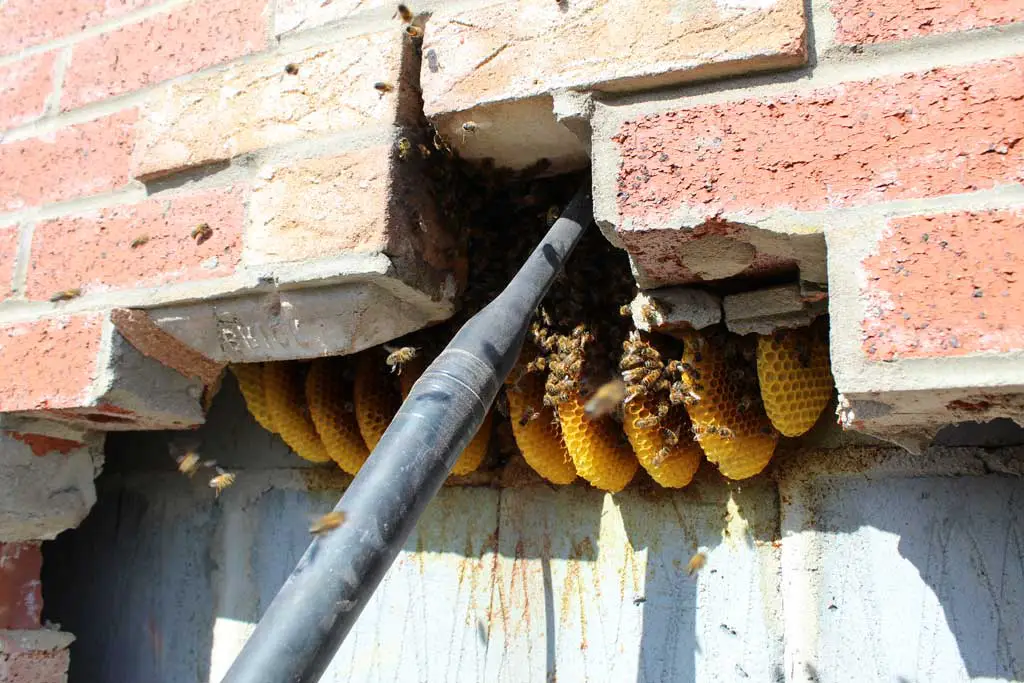
Step 1 – Removing The Wall
Don’t even think about touching the wall until you have considered the best time to take action. In winter, honey bees are much less active so this can be a good time to remove a nest. That said, you have to take into consideration that the cold temperatures could be enough to kill the bees and the last thing we want is to harm them.
Working in the early spring or early fall is a great time to tackle the nest as the bees won’t be as active but it won’t be cold enough that the removal will do them any harm.
Now it’s time to take out the section of the wall that’ll allow you easy access. You might be able to make a hole in the wall on the outside that’s long enough to reach into to take hold of the nest. However, there are certain types of wall that won’t be suitable for this approach and you’ll have to access the hive from the inside of your home. Whichever way you decide to enter, make sure that you’re wearing appropriate protective gear.
Step 2 – Removing The Bees
The next thing you’ll need to do is to remove the bees and it’s so important that you do this in a manner that’s least harmful to them. Smoking is by far the best option because it uses a two-pronged approach.
For starters, the smoke will cause the bees to leave as they’ll associate it with danger. Secondly, smoke has a calming effect on bees which is why beekeepers use it when they work on their hives. This bodes well for you as there will be less chance of getting stung.
Once the bees are preparing to leave their nest, you can then swoop in with a bee vacuum. You’ll need to transfer them to a hive chamber ready to be moved to a more suitable location.
Step 3 – Removing The Nest
Vacuuming the bees out of the nest is a really quick and easy way to get rid of them without causing any harm. But the problem is that you aren’t going to get every single one of them, especially if there’s a larger colony living in your wall. This means that you will need to get your arm into that hole and physically remove the nest.
You shouldn’t have to use too much force as, once you’ve gotten a hold of the nest, it should be quite easy to pull out. However, do keep in mind that bees layer their nests so there may be several selections that you’ll need to pull out. Be certain that nothing is left behind!
Step 4 – Sealing The Wall
Now that the bees are gone, you’ll need to make sure that they don’t come back and that everything is left in a clean and hygienic condition. The best way to do this is to clean the inside of the wall using household bleach mixed with water. It’s really important to make sure that there are no bees left behind as this will harm them.
However, it’s important to clean the area thoroughly as it’ll get rid of any remaining honey which could attract more bees and other pests. What’s more, if the honey begins to melt in summer, this can damage the wall.
You’ll then want to leave the hole open for a couple of weeks as this will allow air to circulate. Once you’re confident that any odors or residue have gone then you can think about resealing the hole. You can use the same material from which the wall is made or a good sealant. Now is also a good time to check for other holes that could serve as an entrance for bees in future.
What About Bumblebees?
Where honeybees are concerned, these creatures can be pretty persistent. Not only do they nest in extremely large numbers but they also stay for the long term. This makes them quite difficult to get rid of.
However, if you notice that you’ve got an infestation of bumblebees, I’d urge you to take a few moments to figure out whether you really need to get rid of them. Bumblebees nest in various locations and this can include holes in a wall.
But unlike honeybees, they won’t be around for long. This is why a lot of pest control companies won’t touch bumblebee nests as it’s just not good for the species. These are very small nests that contain a maximum of a few hundred bees, in many cases, there will only be around 50 individuals. Moreover, they won’t do any damage to the wall.
How To Prevent Bees Nesting In Walls
Bees can get into walls and make a nest when they have easy access. It, therefore, goes without saying that one of the best ways to ensure they do not make a home in your home, is to close up any cavities or gaps.
I would highly recommend making checking your walls part of your annual home maintenance. Since bees nest in the spring, it’s worth giving everything the once over just before this as it’ll give you a chance to close up any gaps well in advance of nesting season.
Final Thoughts
Bees are an important part of our ecosystem but we don’t want them nesting in our walls as they can cause damage and be a nuisance. But there’s no need to worry, removing bees from a wall doesn’t mean ripping down the entire thing.
Modern methods are a lot less invasive and you can even do it yourself if you have the right equipment and can do the job safely.

